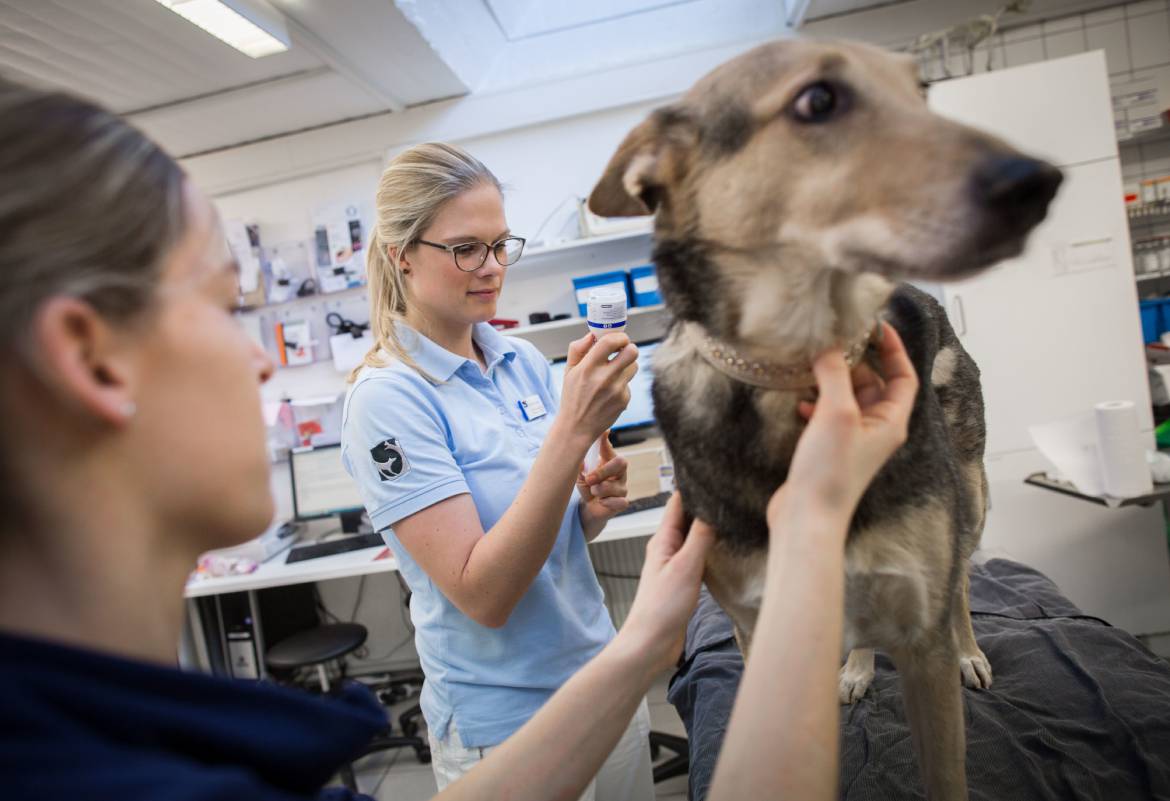ANTIBIOTICS
Resistance spreading unnoticed
No one noticed how a gene spread across the world until a bacteria sample from a Nigerian stray dog was analysed.

Found in dogs, and already proven to have migrated into chickens, pigs and humans: Staphylococci are resistant to Trimethoprim. | Image: Nic Bothma/EPA/Keystone
Researchers at ETH Zurich have discovered a previously unknown gene that enables bacteria to develop resistance to the commonly used antibiotic Trimethoprim. According to the biologist Elena Gómez-Sanz, the Staphylococcus sample with the gene originates from a street dog in Nigeria.
What is especially alarming is that this gene is located on a mobile element and can therefore migrate from one bacterial strain to another. A database search revealed that it is already widespread, even though it has remained unnoticed until now. It appears, for example, in human, chicken and swine samples in China, and in human blood in South Korea.
What’s more, the mobile element is also related to other, already documented resistance to antibiotics. “That’s why we need to monitor the spread of this gene well, for example through appropriate diagnostic tests in the clinic”, says Gómez-Sanz.




